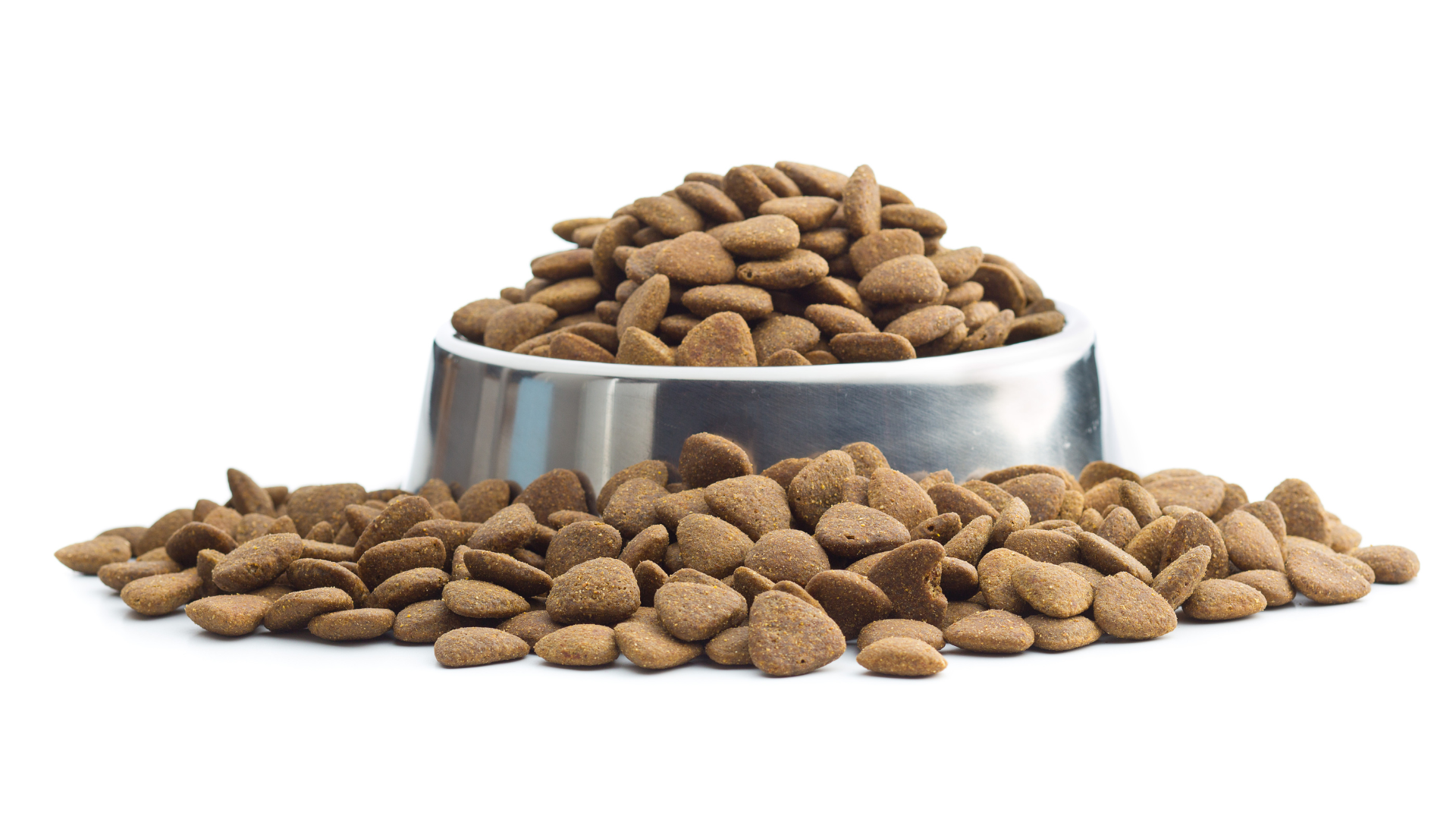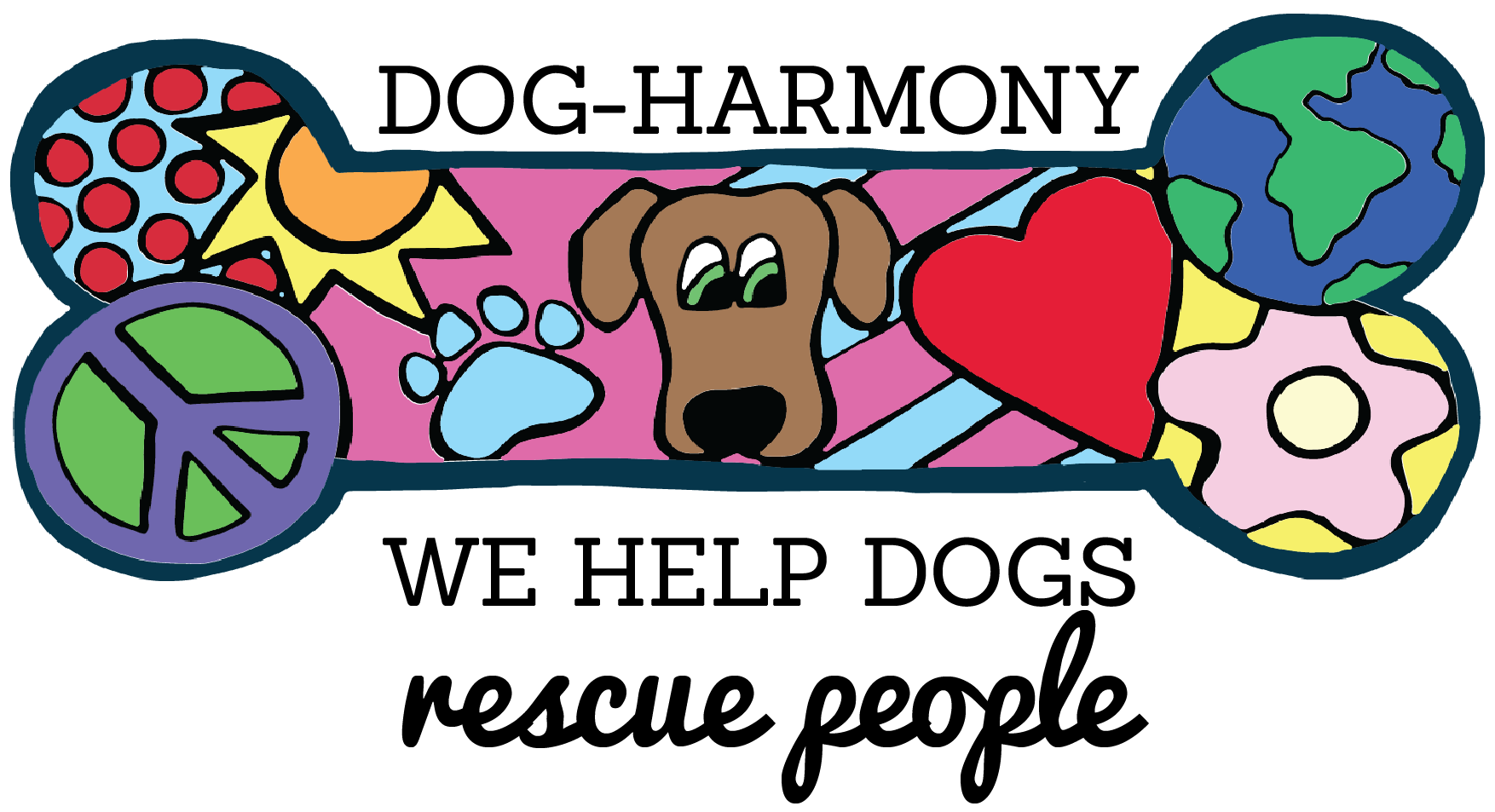Written by Dawn Guidry
One of the most important decisions you will make as a dog parent is what type of food you will feed them. Nutrition affects every aspect of your companion’s life— resistance to allergies and disease, energy levels, and neurological activity. In the 20+ years that I’ve worked in the pet industry, the question I get asked the most is ‘What is the best dog food?’
As much as I would like to give you a simple answer, the fact is, there is no simple answer. All dogs are different, and what may work for one dog may not work for another. So, the simplest answer is that the best dog food is the one that your dog thrives on. But there are some things you can do to ensure you’re getting the best for your dog.
There are several types of dog food/diets to consider, from homemade to commercial to raw. Each of these has advantages and disadvantages. For this article, we will focus on kibble. Kibble is the most popular food on the market. It’s the most convenient, most cost-effective, and most processed. Kibble, as we know it today, first hit the market in the 1950s. Much has changed in those 60+ years, with dog food becoming a billion-dollar industry with hundreds of manufacturers.

One of the best ways to ensure that you are getting a good quality kibble is to learn to read the labels. The ingredient list is the most important part of the label. The first five to six ingredients are crucial as this is the bulk of your food.
A good-quality dog food will have at least two quality animal protein sources listed in the first few ingredients. Look for real meat, meat meal, and whole ingredients — i.e., chicken, chicken meal, etc. If a list of ingredients begins with chicken or chicken meal followed by three or more grains and no other meat proteins, the food likely contains far more grains than meat.
Just as important to consider are ingredients that your dog’s food should not contain. Avoid foods that have ingredients such as ‘animal’ byproducts, ‘animal’ protein, ‘animal’ fat, BHA & BHT, ethoxyquin, propylene glycol, and sweeteners such as sugar, corn syrup, and sucrose. The use of the word ‘animal’ can mean it came from any kind of meat or meat-rendering. Corn, wheat, and soy are ingredients that are hard to digest and the source of many allergies and health issues.
Not all byproducts are bad. Organ meats are considered byproducts but things like liver, heart, lung, and kidneys are actually good for your dog. If the label specifically states one of these ingredients in their whole form, you will know it is the actual ingredient and not a poor-quality byproduct.
Rotating your dog’s food can have a lot of overall health benefits as well. This means changing up the protein
sources and even changing brands, just make sure that it is done properly to avoid any stomach issues. Rotation
keeps your dog from getting bored with his/her food and also helps boost the immune and digestive systems.
When feeding a highly processed food, it is a good idea to add a supplement made for dogs. There are many available on the market. Adding fresh fruits and vegetables can also be a healthy way to add real nutrients to their diet. Things like fresh apples, carrots, and green beans make an excellent snack. You can search Google for a list of fresh foods that are safe for dogs to eat.
Feeding high-quality food is not necessarily more expensive. Nutrient-dense foods are better digested in the dog’s system, meaning more nutrition is absorbed. In general, your dog will typically eat less nutritious food than a poor-quality one.
Whatever food you choose for your dog, putting some thought into your decision now can produce big rewards over his/her lifetime and may help avoid serious and costly health issues caused by poor nutrition. As always, if your pet has health issues that need to be addressed, please consult with your vet.

